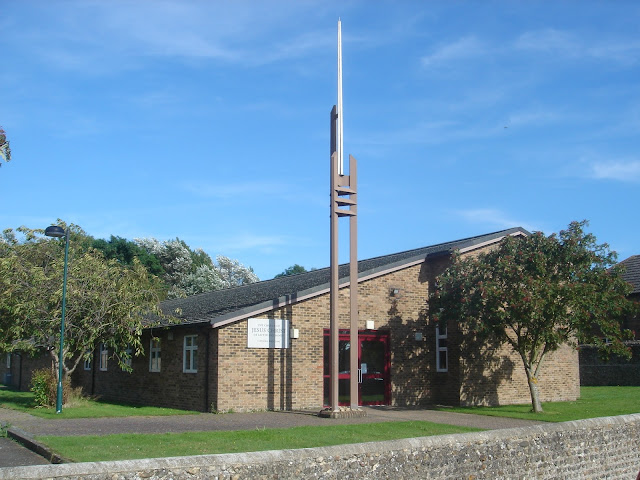St Ann's Hill and Midhurst Castle
It’s hard to be completely sure when Midhurst Castle was built because the Domesday Book – William the Conqueror’s great catalogue of the lands of England – rather steered clear of Midhurst.
What is highly likely is that Midhurst Castle, like those in Chichester, Bramber and Pulborough, was built to safeguard the Normans' stronghold in Sussex immediately after the Norman Conquest of 1066.
Like Pulborough Castle, which was built at the same time near the confluence of the River Rother and the Arun, Midhurst Castle was built on a high place overlooking the river. The River Rother was a key strategic transport route for both trade and military items as the roads in the Weald were so poor at that time. St Ann’s Hill was an obvious location for such an important building.
At first the Castle consisted of
wood and earthwork defences, with an inner bailey on top of St Ann’s Hill and a further bailey on the westward slopes of the hill. Later
stone walls and buildings were incorporated to beef up the castle’s defences.
 |
| We were only gone for a few hours, but this was a much needed break from the office routine! Spring is finally coming to south England...we hope. |




























































